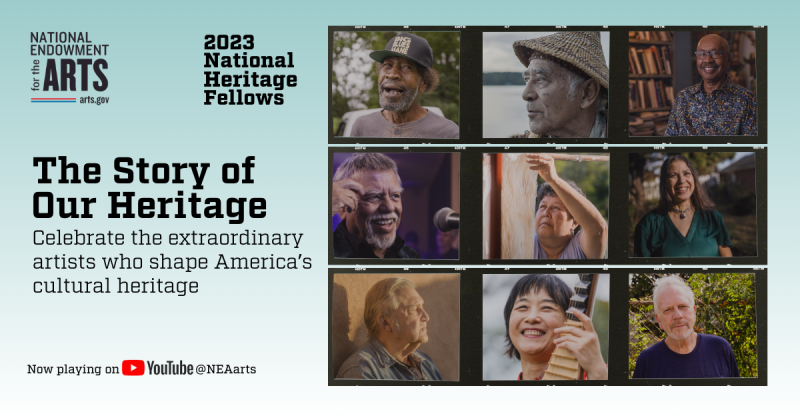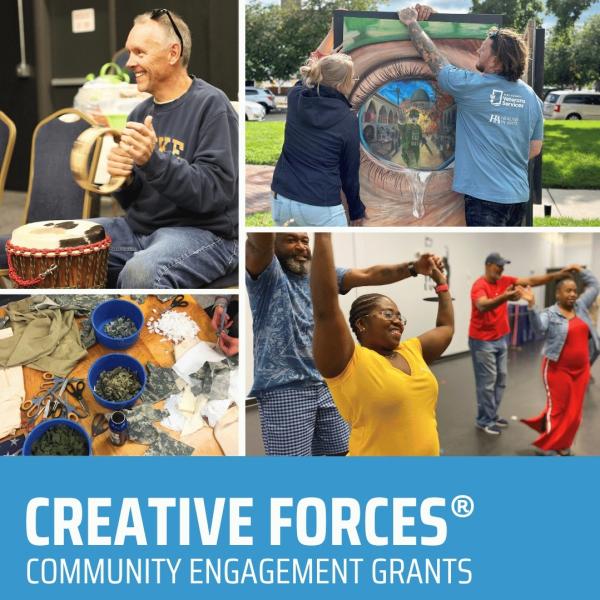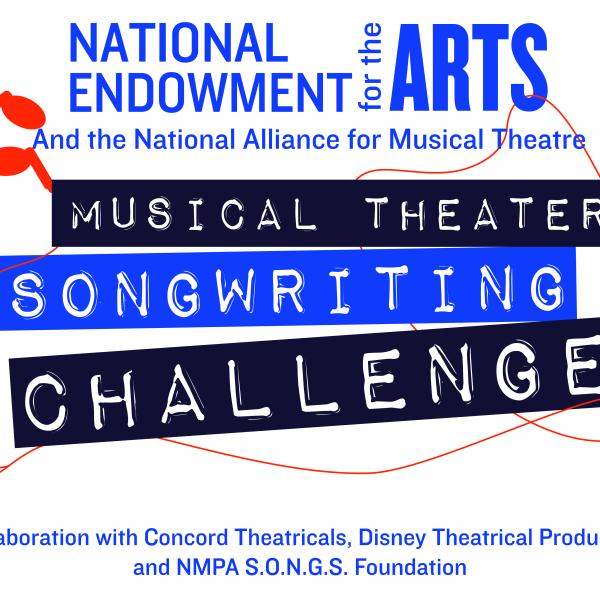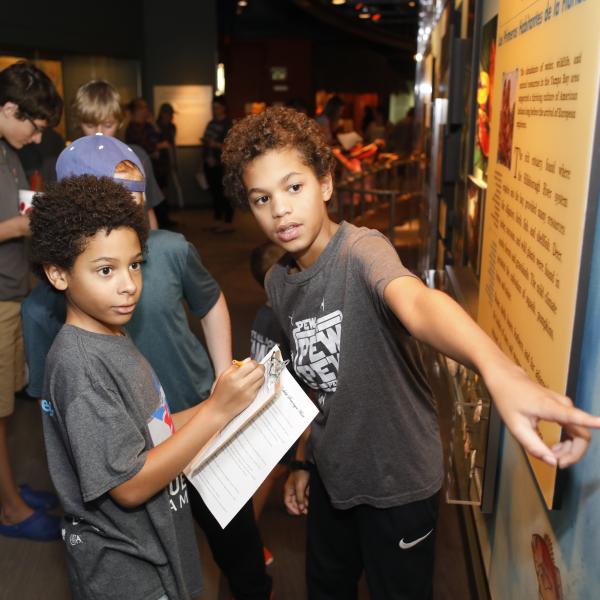National Endowment for the Arts Premieres Tribute Film Series about National Heritage Fellows

Photos by Hypothetical
Washington, DC— Today, the National Endowment for the Arts (NEA) premiered a series of tribute films celebrating the lives and work of the nine gifted individuals awarded the 2023 NEA National Heritage Fellowship, the nation’s highest honor in folk and traditional arts. Beautifully crafted vignettes take viewers on a journey of discovery into the lives and communities of these artists and provide a glimpse into the history of their art forms and how each fellow contributes to the development and continuation of long-held traditions. Tribute films are now available for viewing and sharing on the NEA’s YouTube channel and arts.gov/heritage.
“Our nation is strengthened through the meaningful practices and expressions of traditional artistry of the 2023 National Heritage Fellows,” said NEA Chair Maria Rosario Jackson, PhD. “These stunning tribute videos help to share their stories—America’s rich and diverse stories—with audiences around the country and the world. Each fellow embodies a spirit of dedication and generosity that contributes to our nation’s living cultural heritage and gives hope to future generations in ways that only the arts can.”
Each of the vignettes provide a unique insight into the National Heritage Fellows:
- Dance to the Hill Country blues of the late R.L. Boyce who turned his boyhood dream of being a musician into a Grammy-nominated career spanning over half a century. Hear how his uniquely contemporary style grew from seeds planted by family, rooted in the African American fife and drum band tradition, and cultivated in Boyce’s tight-knit North Mississippi community.
- Learn how Ed Eugene Carriere (Suquamish)’s great-grandmother and more than 225 generations of his ancestors from the Suquamish Tribe taught him the 4,500-year-old art of Salish basketry. From Indianola, Washington, Carriere weaves the tale of using the clam-gathering baskets he creates to pass on the deep-rooted cultural and artistic heritage of the Salish Sea and its peoples to the next generation.
- Piece together how Michael A. Cummings of New York, New York, carries on the tradition of the African griot (storyteller) to transform quilts from utilitarian objects to coveted collectible art collages that preserve the family and cultural histories of generations of African Americans. Cummings stitches the stories of African American life into his quilts with vibrant colors, patchwork, and hand embroidery.
- Travel with Joe DeLeon “Little Joe” Hernández from the one-room, dirt floor shack in Temple, Texas, where he was born, through 65 years, 70 albums, and five Grammy Awards. Along with his band, Little Joe y La Familia, Hernández helped pioneer the mix of traditional Norteño, country, blues, and rock styles fans worldwide know today as Tejano music.
- Say aloha to Roen Hufford of Waimea, Hawaiʻi, as she imprints her Hawaiian values of respect for the land and helping the community on the barkcloth she makes using the traditional art of ka hana kapa. Inspired by the richness of her environment, Hufford’s kapa designs have helped reclaim this labor-intensive, nearly lost art.
- Witness the revitalization of Eastern Woodlands/Algonquian traditional arts take form in the skilled hands of Wampanoag Tribe member Elizabeth James-Perry (Wampanoag Tribe of Gay Head, Aquinnah) of Dartmouth, Massachusetts. James-Perry’s fiber art combines historical research and family knowledge with careful preparation of natural materials to create hand-sculpted wampum beads, soft fiber basketry, and ancient forms of woven wampum.
- Tune in for Nick Spitzer’s long-running American Routes program, a passionate take on the vitality and innovation of American culture. A folklife presenter, producer, and professor of anthropology from New Orleans, Louisiana, Spitzer has made discovering, documenting, and sustaining vernacular artists his life’s work.
- See how the past shapes the present-day work of visionary sculptor Luis Tapia from Santa Fe, New Mexico. Over nearly five decades, Tapia’s sculptures have transformed the Hispano woodcarving tradition into colorful, modern-day social commentary and revitalized the centuries-old art of the santero (saint-maker).
- Hear how pipa player Wu Man of Carlsbad, California, plucks expressive musical colors and textures from her native China to share with new audiences in the United States and around the world. As a virtuoso of the centuries-old, pear-shaped, four-stringed Chinese lute, Wu Man is a cultural ambassador who bridges American and Chinese traditions through her music and teaching.
Fellowship recipients are nominated by the public, often by members of their own communities, and then judged by a panel of experts in the folk and traditional arts. The panel’s recommendations are reviewed by the National Council on the Arts, which sends its recommendations to the NEA chair, who makes the final decision. The 2024 NEA National Heritage Fellows were announced earlier this year—read about them on the NEA’s website. The deadline to submit a nomination for the 2025 class of NEA National Heritage Fellows is Tuesday, May 28, 2024. Visit the National Endowment for the Arts website for more information and to submit a nomination.
###
About the National Heritage Fellowships
The National Heritage Fellowships are the nation’s highest honor in the folk and traditional arts. Since 1982, the NEA has awarded nearly 500 National Heritage Fellowships recognizing artists working in more than 200 distinct art forms, including bluegrass fiddler Michael Cleveland, Japanese classical dancer Gertrude Yukie Tsutsumi, Haudenosaunee raised beadworker Karen Ann Hoffman (Oneida Nation of Wisconsin), oud player and composer Rahim AlHaj, and radio producer and radio network builder Hugo N. Morales. Each annual fellowship includes a $25,000 award. More information about the National Heritage Fellows is available on the NEA website.
About the National Endowment for the Arts
Established by Congress in 1965, the National Endowment for the Arts is the independent federal agency whose funding and support give Americans the opportunity to participate in the arts, exercise their imaginations, and develop their creative capacities. Through partnerships with state arts agencies, local leaders, other federal agencies, and the philanthropic sector, the Arts Endowment supports arts learning, affirms and celebrates America’s rich and diverse cultural heritage, and extends its work to promote equal access to the arts in every community across America. To learn more, visit arts.gov or follow us on X, Facebook, Instagram, and YouTube.
Contact
Allison Hill
hilla@arts.gov
202-682-5037




